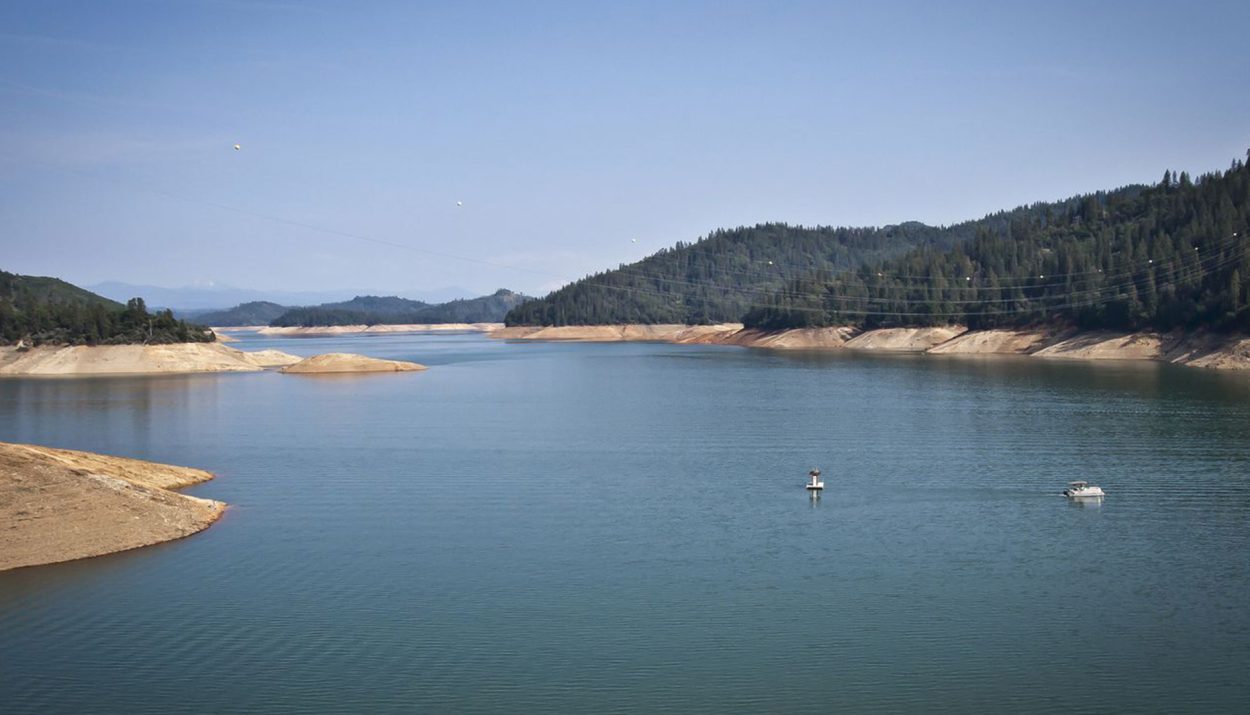Lake Shasta, California’s largest reservoir, will soon reach its maximum capacity this year. This record-breaking incident marks a significant turnaround from years of historic lows in water levels. As the lake reached near-full status for the second consecutive time, there is high anticipation of both economic benefits and environmental implications.
Record Water Levels Signal Rebound
Lake Shasta experienced a remarkable rise of 12 feet from Marchi 1 to 26, as it nears its maximum capacity very soon.
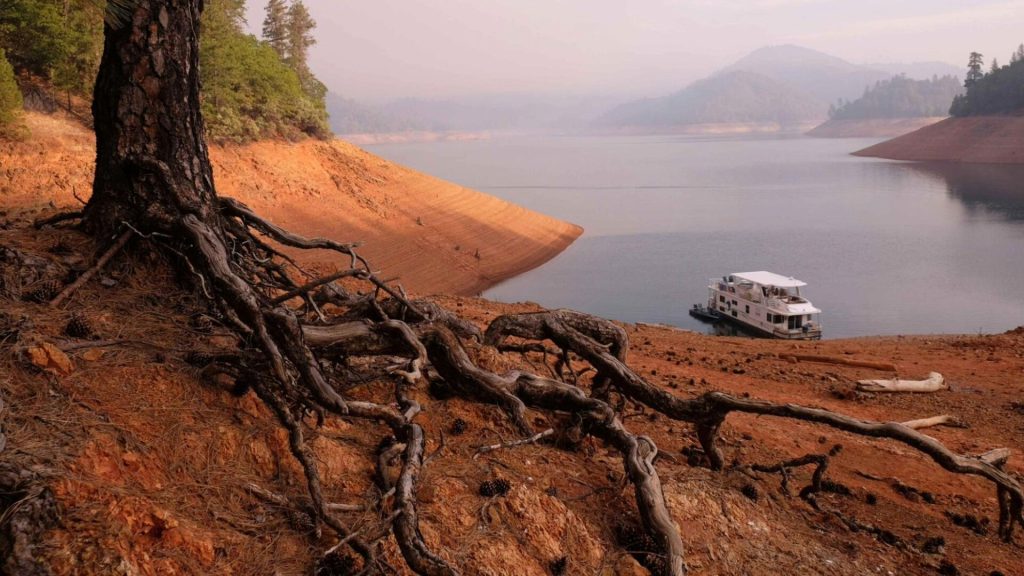
Don Bader, the U.S. Bureau of Reclamation’s area manager, anticipates the lake will reach its limit after the substantial rain. He stated, “We’re expecting it to creep right up to the top.” The lake was recorded to be 90% full as of March 27. Despite that, an additional 17 feet are required to reach full capacity.
Managing Water Releases and Balancing Act
The U.S. Bureau of Reclamation initiated controlled water release from Lake Shasta Dam in March to facilitate lake filling.
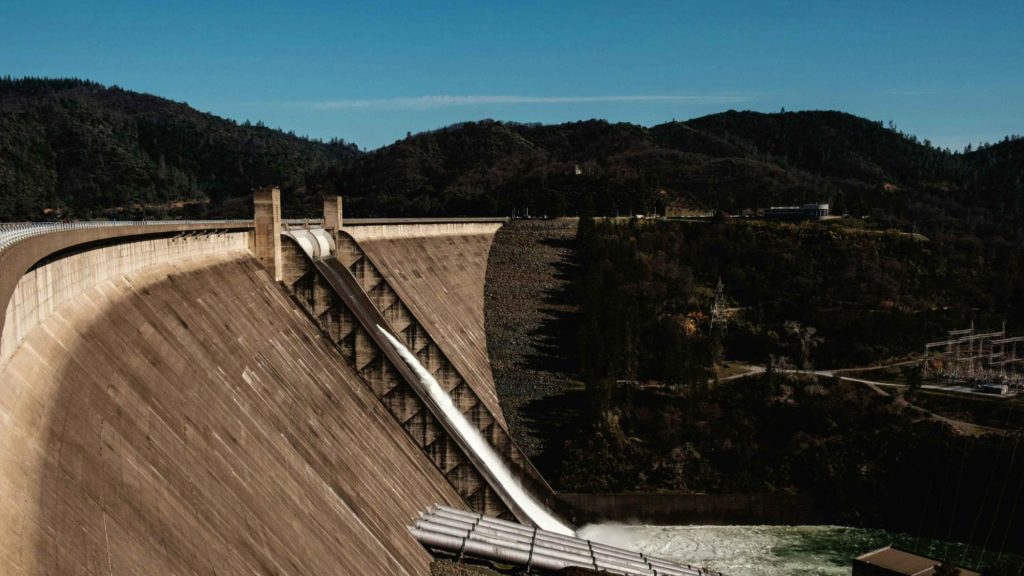
“Earlier in the month and in February, we were concerned about the lake filling too fast, but it was time to start filling the lake,” said Don Bader, reflecting on the bureau’s decision to reduce water releases. This water management practice would help optimize storage while simultaneously meeting downstream needs.
What Is the Challenging Top-Off Process?
The last phase of filling up the lake, which consists of around 10% to 20% of its capacity, poses a unique challenge due to its funnel-shaped structure, as the lake is reportedly narrow at the bottom and wider from the top.
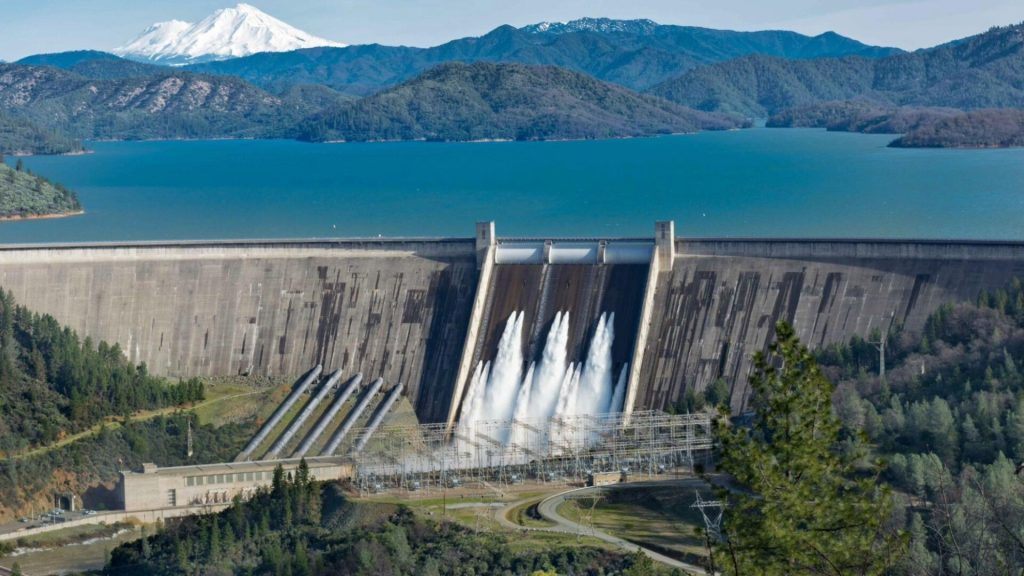
Bader explained, “The last 10% to 20% of space in the lake is the most difficult to fill because the reservoir is wider at the top.” Despite these difficulties, the officials remain positive about the lake achieving its full capacity by the end of April.
What Is the Reservoir’s Vital Role?
Lake Shasta is an important freshwater source for the people, as it helps supply water for drinking, agriculture, and wildlife habitats across California.

The reservoirs’ cruciality of being filled as soon as possible holds significance for water security and ecosystem preservation statewide. “Water from Lake Shasta is crucial for supporting agricultural irrigation, drinking water needs, and wildlife habitats across the state,” emphasized a spokesperson from the California Department of Water Resources.
Economic Rejuvenation Forecasted
The anticipated full lake is a sign of wellness for the local economy, targeting a positive impact on their businesses, which rely deeply on tourism and recreation.

The resurgence of tourism activities reflects a broader economic recovery as well as renewed consumer confidence among the people, as Matt Doyle, general manager of Lake Shasta Caverns, expressed optimism, stating, “We’re feeling very good… This year, we’re expecting the same but on an even better, positive note.”
Weather Extremes and Climate Resilience
The recent weather changes in California, from severe droughts to floods, underscore the state’s severe climate challenges.

“Variable weather patterns necessitate adaptive strategies for water management, emphasizing resilience in agricultural practices,” remarked a climate scientist from the University of California, Davis. There have been efforts to capture and manage rainwater, which has become necessary for sustainable water resource management.
What Are the Environmental Implications?
The revived water levels in Lake Shasta and other reservoirs offer a glimmer of hope for California’s ecosystem restoration and biodiversity.
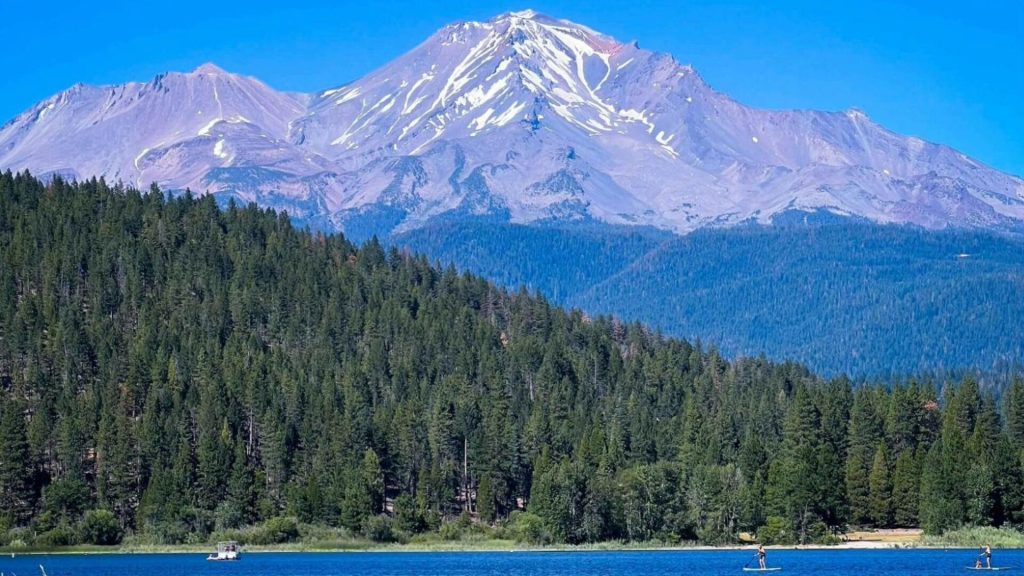
This is evident as an environmentalist from a local conservation group stated, “Increased water availability supports habitat preservation, benefiting aquatic species and wildlife populations.” The restoration efforts align well with a wider conservation goal and highlight the connection between water management and ecological health.
How Does This Cause Business Optimism?
The economic ripple effect is clearly to be seen as local businesses catering to recreational activities around Lake Shasta anticipate a boost in revenue and visitor engagement after the lake is full.

Economic vitality in the area contributes to job creation and community prosperity. Upon questioning, A local resort owner said, “We’re looking forward to a full Lake Shasta… It’s going to be a fantastic summer season for us.”
Resilience Amidst Climate Uncertainty
Farmers and water agencies welcome the reservoirs re-filling, which reduces reliance on groundwater and mitigates resource depletion.

The favourable weather adds to people’s optimism, as the weather patterns help necessitate adaptive strategies for water management, emphasizing flexibility in agricultural practices. A local farmer commented, “We’re grateful for the increased water supply, allowing us to rely less on groundwater and sustain our crops.”
How Was the Lake Before?
Certain images of the lake draw comparisons of striking visuals between the past and present water levels.

This portrays the dramatic transformation of Lake Shasta and its neighbouring reservoirs. People claim the difference between the before and after visuals of the lake are so stark that it would be impossible to claim it was the same location. The visual narrative underscores the significance of water management in shaping the landscape and communities.
Is this Post-Pandemic Recovery?
The resurgence of tourism and recreation activities hints at a promising future for post-pandemic economic recovery in the state.

There is a cheerful outlook among the business owners who reflect pent-up demand as well as a renewed optimism in the wake of the pandemic’s disruptions.
Sustainable Water Management Imperative
The cyclical nature of California’s climate underscores the need for initiative-taking water management strategies to navigate future uncertainties, as people wish not to face the same dire situation again.

An environmental policy expert emphasized, “Investments in infrastructure, conservation practices, and policy reforms are essential for enhancing water resilience and ecosystem health.” The stakeholder’s engagement is crucial to developing adaptive solutions and fostering water security for future generations.
Lessons from Weather Extremes
The state’s experience with weather extremes offers valuable lessons in climate adaptation and resilience building.

A climate scientist remarked upon California’s fluctuating climate: “Flexible water management approaches, including storage optimization and demand management, enhance resource efficiency and drought preparedness.” Thus, hinting that climate science and local knowledge is great for decision-making and fostering an adaptive governance framework.
Balancing Needs and Priorities
California navigates a dynamic climate landscape, balancing competing water demands that remain paramount.
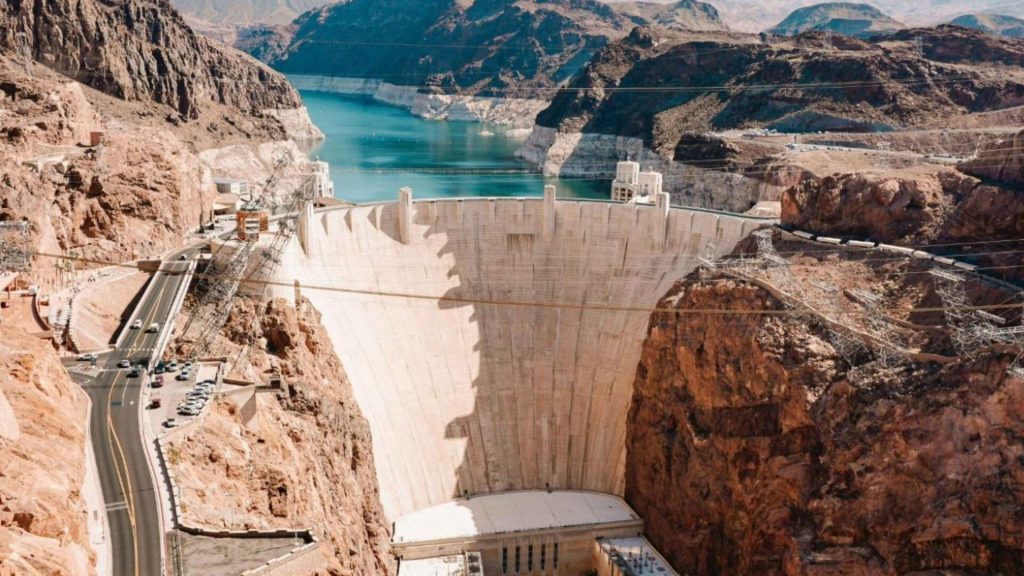
“Equitable allocation of water resources, ecosystem protection, and community engagement are central to sustainable water governance,” says a water resource manager. Collaborative partnerships and innovative solutions pave the way for a more robust water future, safeguarding both human and environmental well-being.

